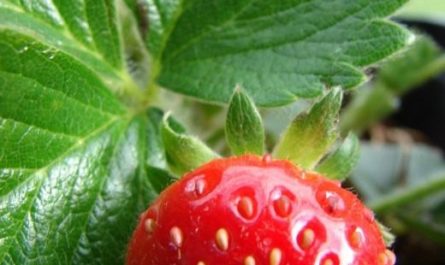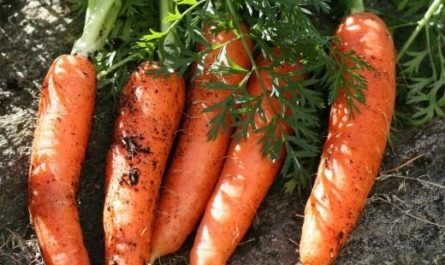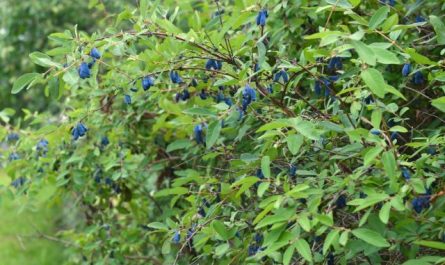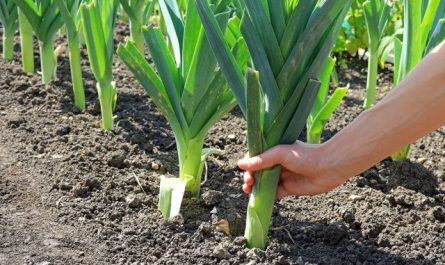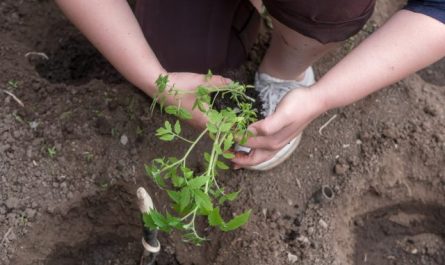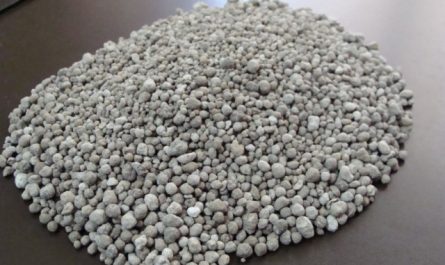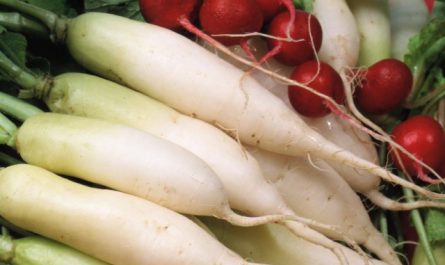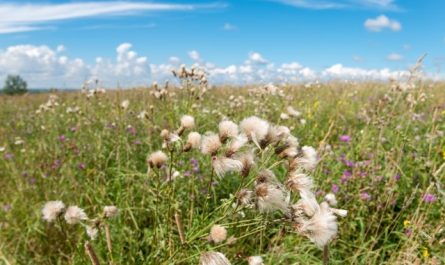When the heat subsides, gardening becomes much more enjoyable. And this is just one of the many reasons why I plant a fall garden. Besides, fall is the best time to grow many of my favorite vegetables. But to get a good harvest in the fall, most vegetable crops need to be sown in the summer heat. The harvest can be collected after the days become shorter and the temperature lower. In this article, I will tell you about the advantages of a fall garden, when to sow it and which crops to give preference to.

Benefits of Autumn Gardening
There are several undeniable advantages to growing vegetables in the fall. First of all, it is a great way to grow more healthy products with your own hands and increase the overall vegetable harvest in the garden. But there are many other advantages.
Less weeds
The shorter the daylight hours become, the slower the plants grow. Weeds are no exception, which makes them much easier to fight at the end of summer. And fewer weeds means more free time for the gardener.
Less pests
In autumn, pest activity begins to decrease, and some of them disappear, for example, aphids usually fly away. During my gardening, I discovered that there really are far fewer pests in autumn than in spring. If autumn is not too wet, many diseases and fungi can also bypass vegetables.
Good time for cool season vegetables
Some crops grow even better in the fall than in the spring. And some crops even benefit from cold weather, so that sugar accumulates in the leaves, which makes the taste sweeter. Cool-season vegetables (listed below) benefit from lower temperatures and shorter daylight hours. If their fruiting time falls in the hot summer, there will simply be no harvest.
Less frequent watering is required
In cooler temperatures, you won’t have to water as often or waste as much water as you would in the summer. Add a little mulch to help retain soil moisture, and you’ll reduce watering even more.
Positive effects of frost
Crops like parsnips, carrots and cabbage will get even sweeter if exposed to a light frost. The trick is to know how low the temperature can get and protect your crops accordingly. Before the cold weather sets in, many root crops can be covered with a thick layer of straw mulch, extending the gardening season by a month or more.
Comfort when working on the site
For most people, autumn is a much more pleasant time of year to work in the beds and garden. The scorching sun, the danger of burns and overheating, and sweat pouring into the eyes are a thing of the past. In autumn, it will be much more comfortable and enjoyable to collect an additional harvest from your beds.

How to determine the time to sow autumn vegetables?
There are several parameters that will help you calculate the time to start sowing for the autumn garden. Firstly, this is the expected date of the first frost. And secondly, the number of days until the harvest of the selected crop ripens.
You can find out the average frost dates in your region on specialized websites on the Internet. As a rule, for the middle zone this date fluctuates. In zone 4 (Moscow region and most of Central Russia) – September 21-October 7. In zone 3 (Urals, Eastern Siberia) – September 8-15.
In the future, you can keep a garden journal where you will note the date of the first and last frosts, and it will be easier to navigate with the sowings for the fall. According to my personal observations, in the Voronezh region, the date of the first autumn frosts is usually close to mid-October.
Knowing the expected date of the first frost and the ripening time of crops, you can calculate when to start sowing vegetables for the autumn garden.
The ripening time of a particular vegetable from sowing to harvest in days can be found on the back of the seed packet, in a seed catalog, or online. For example, it will be 60 days. However, due to the reduction in daylight hours in the fall, it is better to add about a week to this period to compensate for the shorter days. This means that you can expect about 67 days from sowing to harvest. Thus, it is very easy to count back 67 days from the expected date of the first frost to determine the sowing date for a guaranteed harvest in the fall.
You can start sowing the crop even earlier than these dates, or plant it in several stages with an interval of 1-2 weeks, but the last planting should be approximately 67 days before the first frost.
Of course, each crop requires different time to grow and ripen. And here a garden diary will come in very handy, where you can write down all these dates for your favorite vegetables. Once you do this once, you can use the information for many years.
Important! If you’ve had a very hot summer or live in a warm climate, it’s best to wait until temperatures drop below 32 degrees Fahrenheit before planting cool-season vegetables.
It is also worth considering that the ripening time of vegetables of different varieties will be slightly different. For example, lettuce may take from 30 to 60 days to ripen, depending on the variety.

Average sowing dates for main vegetables in autumn
Below I suggest you familiarize yourself with the approximate time frames for sowing the most common autumn crops. In most cases, you can grow them earlier, but, as a rule, the dates below are the latest possible, when you can still grow vegetables without using shelter or a greenhouse.
In 16 weeks Before the first frost, sow leeks, Brussels sprouts, parsnips, and late cabbage.
In 12 weeks Before the first frost, sow beets, carrots, cabbage, Chinese cabbage, daikon, green onions, peas, rutabagas, and turnips.
In 9 weeks Before the first frost, sow the following crops: beets, Swiss chard, early cabbage, kohlrabi, and lettuce.
In 6 weeks Before the first frost, sow arugula, mustard, radish and spinach.
In late autumn, you can cover your cabbage, chard and spinach with covering material. And then, even if it snows, you will still have fresh greens in your garden that you can harvest right up until the hard frosts.
Where to plant an autumn vegetable garden?
In addition to the traditional beds freed up after the summer harvest, you can use pots or containers to sow vegetables for the fall. In this case, it will be easier to bring them into a greenhouse or indoors on cold nights to extend the growing season.
If you need more growing space, a great trick is to use grow bags. They are a great way to make the most of your garden space and take up very little storage space.
Another option is to create a combination bed. Once the summer vegetables stop producing in hot weather, pull out individual plants and plant cool-season vegetables in their place.
It is also a good idea to plant autumn vegetables in the beds after peas or green manure.

What to plant in the autumn garden?
As is known, vegetables have certain temperature preferences, according to which crops are divided into two separate categories: cool season vegetables (spring and fall) and hot season vegetables (summer). Cool season vegetables feel good at lower temperatures (+4…+21 °C) and can survive light frost. As a rule, all early vegetables not only withstand low temperatures, but also need them for germination, growth, fruit set and ripening.
The best vegetables for the autumn garden:
- White cabbage;
- Brussels sprouts;
- Cauliflower;
- Chinese cabbage;
- Kohlrabi;
- Chard;
- Lettuce;
- Garlic;
- Peas;
- Cucumbers (early or mid-early);
- Spinach.
Root vegetables for the autumn garden:
- Turnip;
- Carrot;
- Beet;
- Radish;
- Swede.
Herbs for the fall garden:
- Cilantro;
- Bow;
- Thyme;
- Fennel;
- Parsley;
- Dill.
